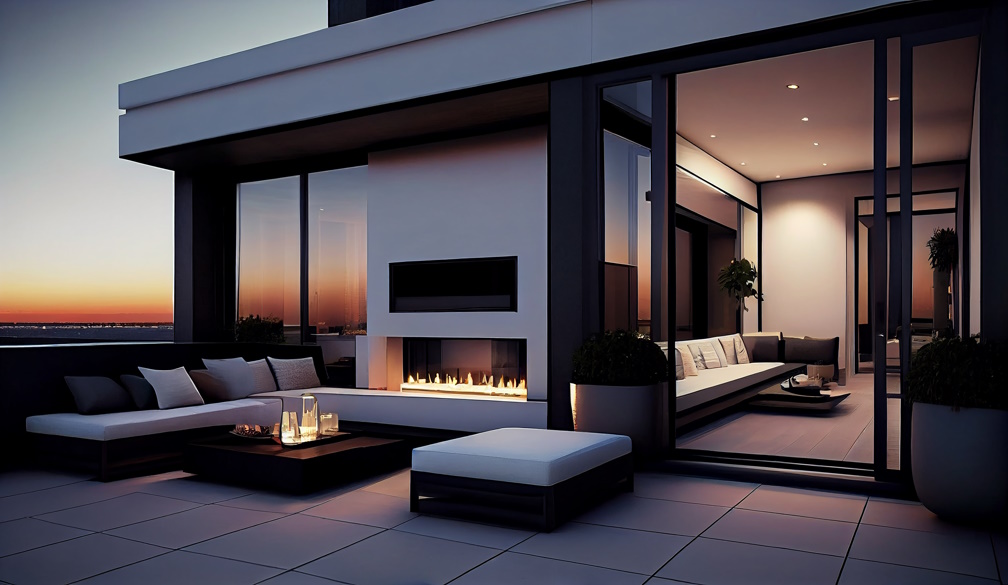What makes a school good? It's about more than just test results
- Written by Jen Jackson, Education Policy Lead, Mitchell Institute, Victoria University
One of the more elusive goals of education research is answering the question: what makes one school perform better than another? The evidence base is growing, but so far the answer is: it depends.
School success depends on context. What works for one group of students and teachers might not work for another. Teachers themselves may vary in their effectiveness depending on the students they teach.
Some schools improve their performance by attracting more affluent and/or high achieving students. This strategy may lift performance in one school, but risks “residualising” neighbouring schools, leaving them to cope with increasing concentrations of disadvantage.
The socio-economic status of students is a major factor in school performance. It is harder for a school to achieve high academic performance with large numbers of students facing risk factors such as low family income, or parents with limited education who may struggle to provide support for learning. Many disadvantaged schools across Australia achieve results more than one year behind the national average.
Read more: Back to school – understanding challenges faced by Indigenous children
But just because schools in poorer areas may achieve lower results, it doesn’t mean these schools are “unsuccessful”, and schools in wealthier suburbs with higher average scores are “successful”. Schools in poorer areas can make a significant impact on their students’ lives. And lifting outcomes for disadvantaged students can transform lives and communities, across generations.
There are three key ways that schools in disadvantaged contexts achieve success that other schools can learn from.
1. Success is more than test scores
The most effective schools aren’t necessarily the highest academic performers. They are schools that yield better-than-anticipated results, bringing the best out of every student regardless of background.
Measures of school performance, including MySchool, typically take into account the socio-economic profile of the student community for this reason. This draws on established research about schools’ value-add – their success in lifting student outcomes.
A successful school fosters broader dimensions of learning critical to students’ overall success. These include social and emotional development, creativity and innovation, positive attitudes to learning, and citizenship.
Read more: Should we change the way we measure student progress in schools?
Some Australian governments actually include measures of student well-being and sense of connectedness to school in assessments of school performance. Schools themselves often point to the value of their work in shaping student aspirations, behaviours, and values – not just academic achievement.
Disadvantaged schools may succeed in these areas, even more highly than schools whose focus is academic achievement.
2. Students need to learn how to learn
Effective teaching practice will have little impact if students are not equipped to learn. Students from advantaged backgrounds typically inherit knowledge about how to learn, and why. Students from disadvantaged backgrounds rely more heavily on schools to build their skills for learning, and to help them to see themselves as capable and motivated learners.
 Students from more advantaged households typically inherit understanding about how to learn, and why, from their parents. from shutterstock.com
Students from more advantaged households typically inherit understanding about how to learn, and why, from their parents. from shutterstock.com
High-performing lower socio-economic status schools routinely provide targeted support for students within and outside the traditional school day. This may include small-group and individual tutoring, self-paced interventions using technology, one-on-one academic advising and coaching, homework support, and additional assessment time.
Evaluations of school reforms and intervention programs for schools with high concentrations of disadvantaged students have revealed the importance of establishing a shared understanding around teaching and learning, and school goals.
For example, one school established playgroups and a parent café to work with parents as partners in the learning process. This meant more students came to school motivated and ready to learn, and teachers could do their jobs more effectively.
3. Extra funding matters and must be put to good use
Needs-based school funding – as recommended in the first Gonski review – goes some way towards combating the downward pressure student disadvantage places on school performance. Yet the effects of school funding on learning outcomes are mixed.
Achieving better outcomes requires changing the way you practise and using the extra money to enact the change. This is because learning outcomes are driven by a complexity of factors, especially in communities experiencing a number of challenges.
Read more: Does more money for schools improve educational outcomes?
A recent evaluation of the impact of additional school funding shows that a stable teaching and school leadership team is essential to enable schools to make good use of additional funding. One school, which had seen four principals come and go in five years, invested in building the executive leadership team, including mentoring and leadership training. Although gains in test scores remain a work-in-progress, the professional climate and teaching practice have notably improved.
Schools with many disadvantaged students can face other challenges besides a high turnover of staff. Addressing these challenges requires school leaders to examine the many facets of school performance, not only student achievement, to identify where the best opportunities are for improvement.
Additional funding is needed, but continuity, stability, and evidence-based planning are essential for it to have maximum effect.
Applying knowledge across contexts
Schools that achieve success for the most disadvantaged students have much to contribute to our knowledge of what makes a good school. They are at the frontline of engagement with the enduring equity gap in Australian education, and living proof it can be narrowed.
Their potential contribution is illustrated by the example of a school partnership in Victoria, involving a highly advantaged and highly disadvantaged school. The partnership was successful because knowledge flowed both ways.
While the advantaged school focused on high achievement, the disadvantaged school helped the more advantaged school understand the influence of home and family context on learning, and adopt tailored strategies so their least advantaged learners would not fall through the cracks.
This kind of understanding not only leads to successful schools: it is the foundation of a successful system.
Authors: Jen Jackson, Education Policy Lead, Mitchell Institute, Victoria University
Read more http://theconversation.com/what-makes-a-school-good-its-about-more-than-just-test-results-114372



















